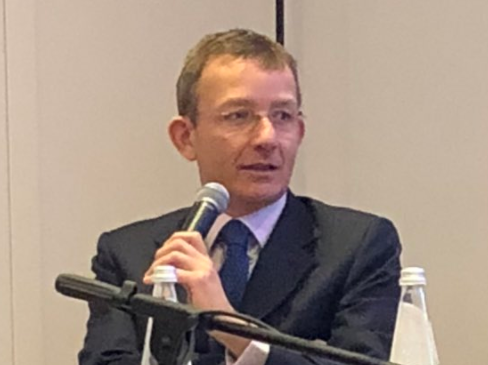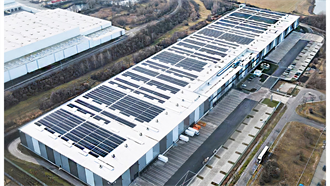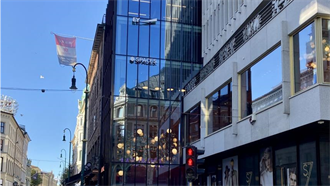From a trickle to a flood: the number of non-performing loans (NPLs) coming to the market in Italy is set to increase dramatically, according to Federico Sutti, managing partner at law firm Dentons in Italy.
Sutti said that it will be interesting to see how the market will react. ‘Due to new European Central Bank regulations, we will see an acceleration in the range and volume of assets put on the market in the next few years,’ he said.
‘Italian banks will be forced to put more assets on the market. They will have to find solutions, revitalize these assets, do joint ventures with equity investors or turn to developers, because they will not be able to sweep rubbish under the carpet as they used to.’
Sutti was speaking at the PropertyEU Outlook 2018: Europe & Italy Investment Briefing, which was held in Milan last week.
______________________________
Click here for video highlights
and the presentation from the event
______________________________
Bad loans
There has been a significant increase in the number and volume of bad loans traded in Italy. Significant progress has been made already, as €30 bn of NPLs were sold on the market. The portfolio disposals have had a positive effect, Sutti said: ‘Credit deterioration hit its peak in 2014. In Q3 2017 the flow of NPLs decreased to 1.7% of overall loans, which means there are less new distressed assets on the market than before.’
However, UTP (unable to pay) stock – the most distressed – has not seen a similar reduction, given the issue of inadequate provisioning. The average provision for bad loans is 64% of GBV (gross book value), but the average provision for UTP in the top five banks is 32% of relevant GBV, Sutti said: ‘That means there is a significant gap to cover, which explains why no UTP portfolio has been sold on the market yet.’
That is now set to change with the new regulations coming into force which will force banks to take provisions and start selling, as they have a maximum of seven years to write off the value of these assets.
Market reaction
The aggregate stock of real estate assets behind NPLs is €135 bn, or €90 bn after provisioning. ‘How will the market react to such a wave of product coming to the market in the next two to three years?’ asked Sutti. ‘It is not an easy question to answer.’
They will be difficult assets that need work over time, a longer investment strategy that the 3-5 year horizon that most opportunistic investors coming to Italy have. The market is currently polarized between institutional core investors on the one hand and very opportunistic short-term investors on the other. The ‘flood’ of new assets coming to market could lead to the emergence of value-add investors who are willing to go beyond a pure trading approach and are prepared to extend their time-frame in order to exploit the opportunities.
The example of Varde, the $12 bn US private equity firm that last year took control of the Boscolo hotel group and the Mezzaroma group in Italy, shows that ‘if you see the potential and you believe it and you are prepared to invest your money, then you can reap the rewards,’ Sutti said.



































